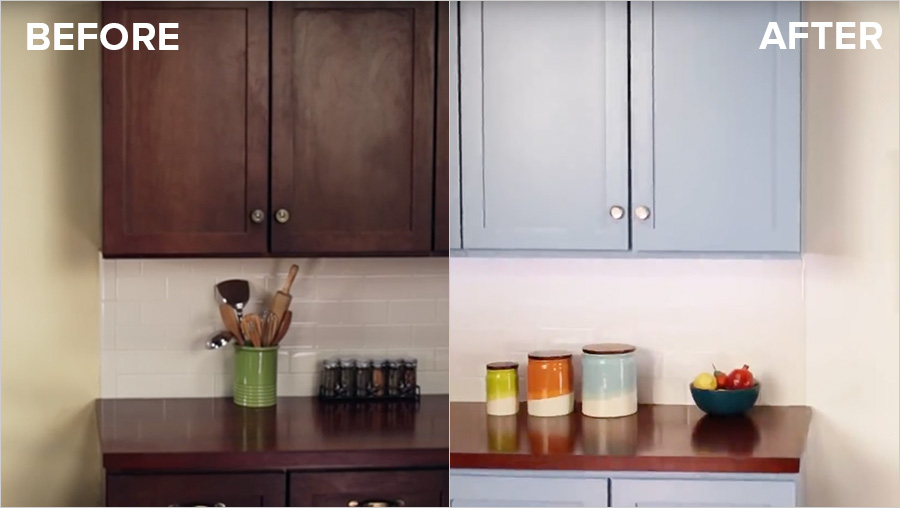If you try to paint over that then your new paint job will start chipping off almost as soon as you paint it on there. Do i need to sand primer on wood before my topcoat you do not necessarily have to sand wood that has had primer applied.

Painting Wood Trim Without Sanding The Ultimate Tutorial By
Do you sand primer before painting. Tinted primer does a better job. When water based primer is used on wood it has a tendency to cause the grain to swell so if you do choose to use water based primer lightly sand the surface after the first coat to flatten and. As a starting point if you are sanding a coat of rough primer you can start with a 400 grit sandpaper to knock down all of those little bumps. Before painting over chipped or peeling paint and stain. After sanding dust the surface using a dry brush a large paint brush works great to clear away the debris and wipe the surface with a wet cloth. This will provide some texture so the primer will stick.
After some time with the 400 grit you can move to a 600 grit paper to give yourself a nice smooth surface to work with when you are painting the car. Before and after paint over stain projects. Remove the primer dust with a quick brush from the shop vacuum followed by a light swipe of the tack cloth. To avoid that pros prime the walls before painting. Instead of using white primer pros usually have it tinted gray or a color thats similar to the finish paint. While applying primer first is helpful there are some reasons you may need to sand before painting primed wood.
A little experimentation will help. Let the primer dry completely then sand it down before painting. Use very fine 220 grit sandpaper and apply light pressure to prevent gouging the primer. Using a fine grit sanding block lightly sand the surface to a dull finish. Then apply the bonding primer. Paint the wood with a brush.
The problem that occurs when you apply primer to wood is that the grain of the wood can rise due to paint interacting with the wood and swelling the fibers. Just use a medium grit sand paper to rough up the surface and remove all traces of dust with a tack cloth. If the finish of the piece you are painting is damaged or chipping in any way then always sand first. Let your object dry completely before moving on to the next step. Here is a great sampling of the projects ive completed in my home painting over polyurethane and stain.

















/cdn.vox-cdn.com/uploads/chorus_asset/file/19497249/howto_paintroom_07.jpg)
